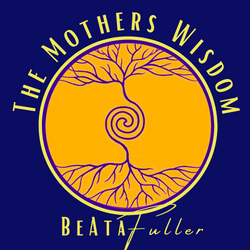How We Really Learn to Spell: A Parent's Insight
Spelling tests, word lists, and rote memorization – they're all part of traditional spelling instruction. But do they really reflect how we learn to spell? My son's recent comment sparked an interesting thought: what if learning to spell is more organic than we think?
He was typing away on his computer, effortlessly stringing together words that hadn't been on any spelling list. When I asked how he knew how to spell them, he simply said, "I just know."
This got me thinking.
Children are constantly exposed to written language. They see words on signs, in books, and on screens. They hear words spoken aloud. Over time, they begin to internalise the patterns and shapes of words. It's a gradual process, but eventually, they develop an intuitive sense of spelling.
This doesn't mean spelling instruction is useless. It can provide structure and support, especially for words with irregular patterns. But perhaps we should focus less on drilling isolated words and more on fostering a love of reading and writing. After all, the more children engage with language, the more opportunities they have to develop their spelling skills naturally.
As my son so aptly put it, we learn to spell by "seeing words and reading them and working out what they are". It's a simple yet profound insight into how our brains acquire language.



